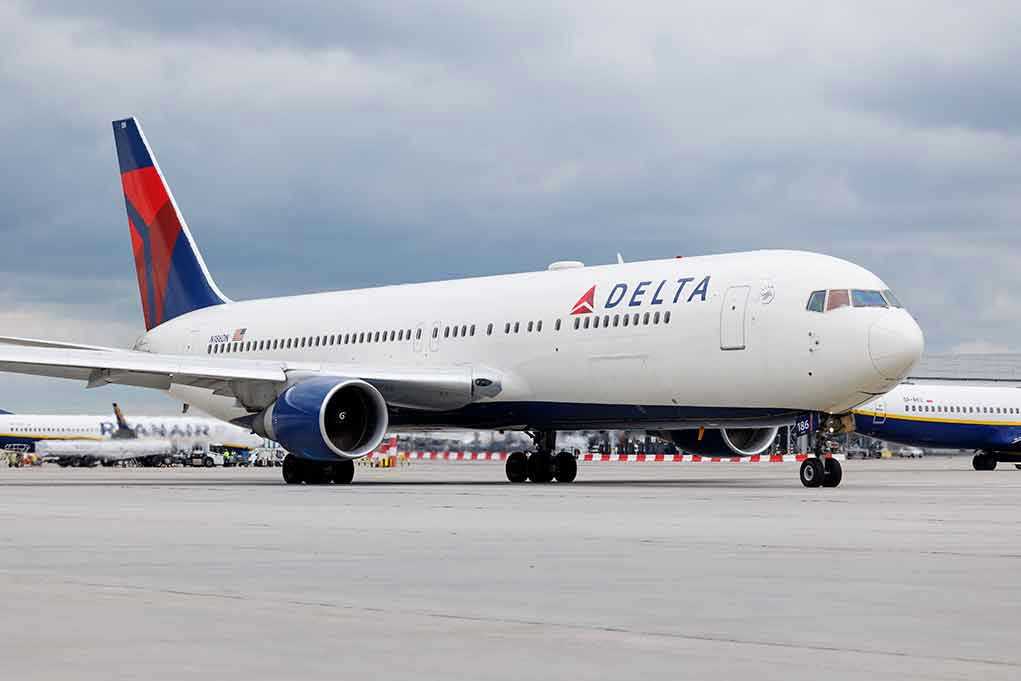
Aviation safety concerns resurface as a taxiway collision at LaGuardia Airport highlights operational risks.
Story Overview
- Two Delta Air Lines jets collided on LaGuardia’s taxiway, causing significant damage.
- An investigation by the NTSB and FAA is underway to determine the collision’s cause.
- No passengers were injured, though a flight attendant sustained minor injuries.
- Questions arise about ground operation protocols at congested airports.
Collision Details and Immediate Response
On the night of October 1, 2025, two Delta Air Lines regional jets collided at the intersection of two taxiways at LaGuardia Airport, New York. The collision involved a departing aircraft bound for Roanoke, Virginia, and an incoming flight from Charlotte, North Carolina. Significant damage was incurred, including a partly torn-off wing. Emergency responders quickly arrived on the scene, with only one minor injury reported—a flight attendant who was promptly hospitalized.
The National Transportation Safety Board (NTSB) promptly dispatched a team of 10 investigators to examine the incident. Flight recorders from both aircraft were recovered, providing crucial data for analyzing what transpired. Delta Air Lines has expressed its commitment to cooperating fully with the investigation and has ensured that affected passengers are rebooked on alternative flights with minimal disruption.
Investigative Focus and Airport Challenges
The Federal Aviation Administration (FAA) has confirmed that air traffic control had instructed the Virginia-bound aircraft to “hold short and yield” before the collision occurred. This raises questions about procedural adherence and situational awareness among flight crews, particularly in high-density airports such as LaGuardia. The airport is known for its complex taxiway layout and high traffic, which can amplify risks of miscommunication and operational errors.
Historically, LaGuardia has faced challenges with ground operation incidents, though they are relatively rare. The current collision highlights the need for a detailed examination of existing protocols and possible enhancements to ensure safety. Previous aviation incidents have underscored the importance of vigilant communication between pilots and air traffic control, as well as robust crew resource management.
Delta flights in collision at LaGuardia airport in New York with one wing partly ripped off
Source: The Independent https://t.co/sAOOSLiFQ1— Edward Gasaway (@chiefrabbi2) October 2, 2025
Implications and Future Considerations
This incident may prompt regulatory reviews and potential updates to taxiway operation protocols, aiming to prevent similar occurrences in the future. Delta Air Lines may need to reassess its training and operational procedures to align with any recommendations put forth by the NTSB and FAA. Additionally, the aviation industry may consider adopting more advanced ground surveillance technologies to minimize human error and enhance safety at congested airports.
The broader impact on the aviation sector could lead to a renewed focus on ground safety and possibly influence future airport designs and air traffic control procedures. While the immediate economic impact is minimal due to the lack of major injuries or fatalities, the reputational risk for Delta and LaGuardia could drive significant changes in operational standards.
Sources:
1 injured in ‘low-speed collision’ between Delta jets on LaGuardia taxiway
Watch: Two Delta planes collide at LaGuardia airport

















